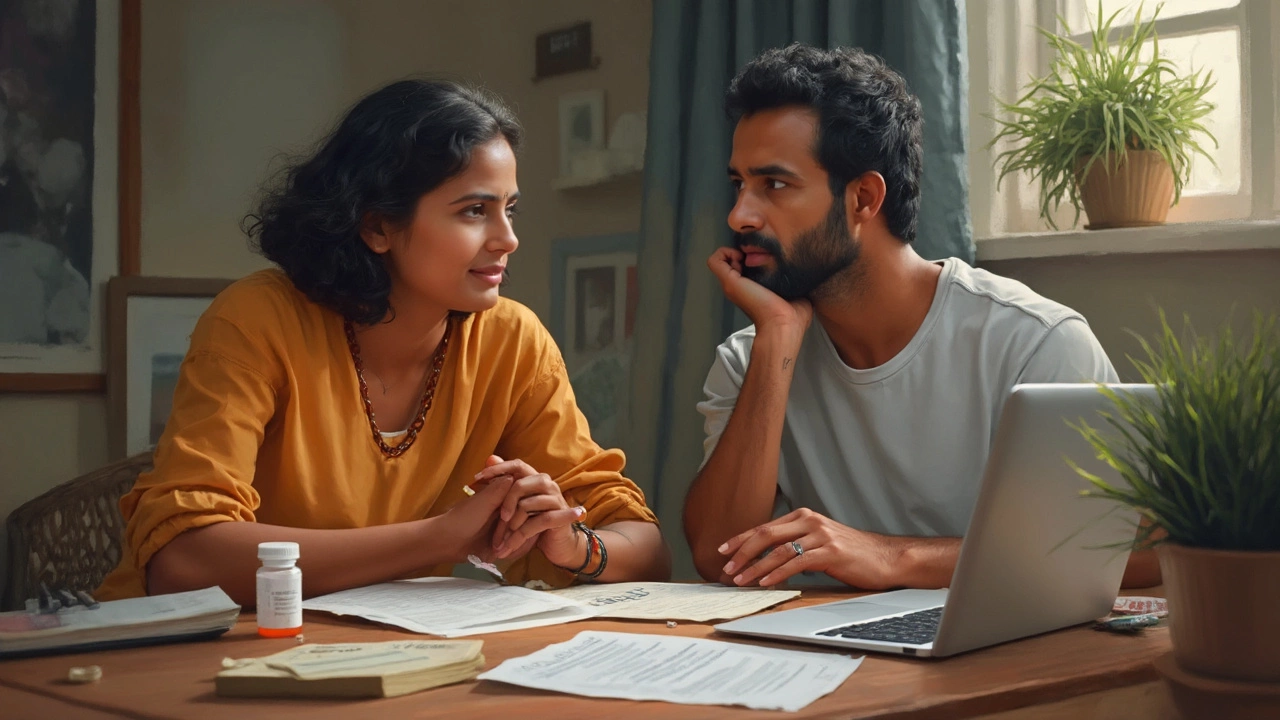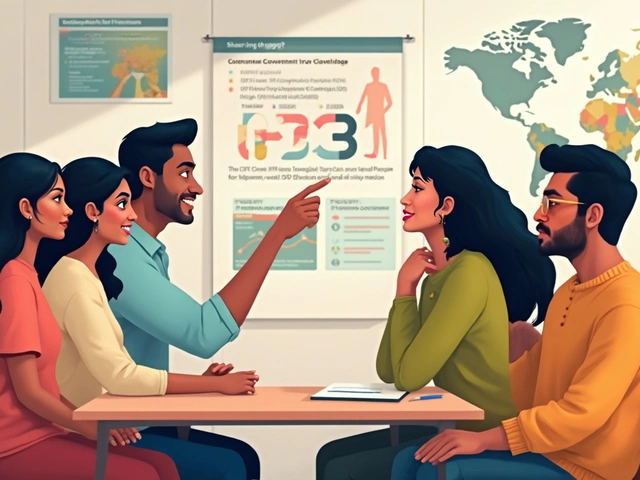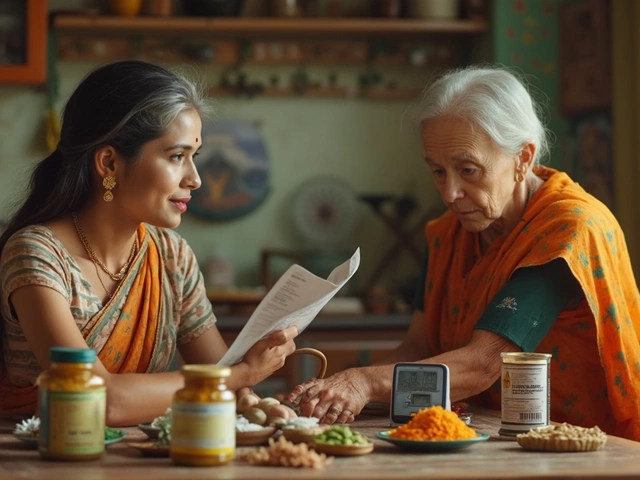Medication Coverage: Why It Matters and How to Stay Safe
When you pick up a prescription or an over‑the‑counter pill, you expect it to help, not hurt. That expectation rests on the idea of medication coverage – the system that checks a drug’s safety, efficacy, and possible side effects before it reaches you.
In India, several agencies like the Central Drugs Standard Control Organization (CDSCO) and state drug authorities play a role in this coverage. They look at clinical trial data, manufacturing standards, and reported adverse reactions. If a drug fails any of these checks, it can be recalled, relabeled, or even banned.
How Medication Coverage Works in Practice
First, manufacturers submit a dossier that includes trial results, ingredient lists, and production details. Regulators then evaluate the dossier against established safety thresholds. Once a drug clears this stage, it gets a marketing approval, but the story doesn’t end there. Post‑marketing surveillance tracks real‑world side effects, and patients can report problems through toll‑free numbers or online portals.
These reports feed back into the coverage system, prompting label updates or safety warnings. For example, if a batch of a popular painkiller shows higher liver‑toxicity rates, the authority can issue a rapid alert to doctors and consumers.
Practical Tips to Protect Yourself
Even with robust coverage, you can still encounter risky medicines. Here are three simple steps you can take:
- Read the label. Look for active ingredients, dosage instructions, and any listed warnings.
- Ask questions. If a doctor prescribes a new drug, ask how it works and what side effects to watch for.
- Report reactions. If you experience unexpected symptoms, call the local drug safety helpline or inform your pharmacist.
Staying informed is the best defense. Websites like the Ministry of Health’s portal publish up‑to‑date safety alerts, and many pharmacies keep printed notices about recent recalls.
Remember, medication coverage is a partnership between regulators, manufacturers, healthcare providers, and you. By understanding the process and staying alert, you can enjoy the benefits of modern medicines while minimizing the risks.
Want to dig deeper? Check the latest CDSCO guidelines or ask your pharmacist for a copy of the drug’s safety data sheet. Knowledge is power, and a well‑covered medication means a healthier you.

Does Express Scripts Cover Ozempic Costs?
Trying to figure out if Express Scripts pays for Ozempic? It's a common concern for many looking to manage type 2 diabetes without burning through their budget. The coverage can depend on numerous factors, including your specific insurance plan and whether your healthcare provider deems it necessary. Understanding these nuances will help you navigate your options better.

Natural Ways to Combat Cancer Cells Effectively
Dec, 25 2024

Effective Ways to Lose Belly Fat in Just 2 Weeks
Oct, 10 2025

Understanding Which Insurance Plans Cover IVF
Mar, 22 2025

